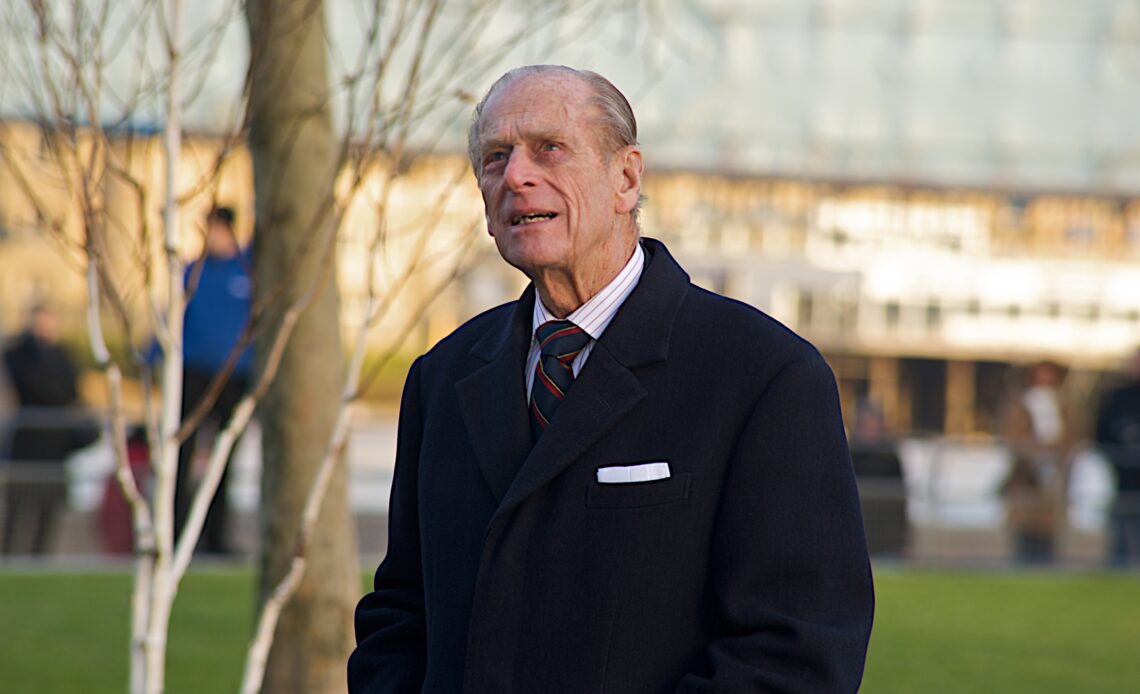
The title of Duke of Edinburgh was made famous around the world by its most recent holder. It’s now exactly three quarters of a century since Prince Philip was given the dukedom by King George VI, who was about to walk his daughter, Elizabeth, down the aisle of Westminster Abbey to marry Edinburgh’s new duke. Prince Philip is one of five men to have held the title of Duke of Edinburgh and each has a very important role to play in the history of the modern Monarchy.
The unfortunate heir
Frederick Louis was born as the grandson of the Elector of Hanover but at the age of seven, his life changed forever when his grandfather became King of Great Britain. Frederick was now second in line to the throne but he remained in Hanover while his parents headed to Britain. When he joined them, over a decade later, he was given a new title for his new home. Frederick became Duke of Edinburgh.
He wasn’t known as such for long. The dukedom was given to him in 1726 but the following year, his grandfather died and his father became King George II. Frederick was now heir and in 1728 received the traditional title of Prince of Wales. He was never close to his father and ended up forming a rival court with the heir much more popular than the monarch. However, Frederick died in 1751 at the age of 44 and never succeeded to the throne.
The longest reigning King of Great Britain
Frederick’s early death made his teenage first born son, George, heir to the throne. It also made the youngster Duke of Edinburgh as he inherited his father’s title. However, George was never known as such. Just weeks after Frederick’s death, George was made Prince of Wales by his grandfather, King George II.
He went on to succeed to the throne in 1760 and his reign of almost 60 years remains the longest of any male Monarch in British history. His title of Duke of Edinburgh returned to the Crown on his accession. He created the Dukedom of Gloucester and Edinburgh for his brother, William, in 1764 and that title passed to William’s son, William Frederick, in 1805. However, he died without issue and the dukedom once again fell emplty.
A sometime spare
Alfred Ernest Albert, born in August 1844, was the second son of Queen Victoria and Prince Albert and spent the first twenty years as spare to the throne. However, the birth of a son to his elder brother in January 1864 changed his standing. Alfred, a keen naval man, was freer to pursue his seafaring career. In 1866, his mother made him Duke of Edinburgh and he became the first man to hold that title to excel on the ocean wave.
Alfred was known as Duke of Edinburgh for 27 years until he inherited the Duchy of Saxe-Coburg-Gotha. He moved to his new realm where he became a popular ruler. However, he died just seven years later. His only son, Alfred, had died the previous year and so the Dukedom of Edinburgh was vacant again.
The longest serving consort in British history
Prince Philip held the title of Duke of Edinburgh longer than anyone else in its history. He was given the Dukedom on November 20th 1947 on his marriage to the then Princess Elizabeth by her father, King George VI. He would hold it until his death in April 2021, just short of 74 years in total.
It became one of the most famous titles in the world during his lifetime, its reach expanded by his decision to use it in the name of the scheme he set up for young people. The Duke of Edinburgh Award encourages young people around the world to expand their skills and help others. It is one of the most successful schemes of all time. And it has become a lasting legacy for perhaps the most famous Duke of Edinburgh of all.
The first King in seven decades
King Charles has had many titles in his lifetime and among them is Duke of Edinburgh. The dukedom created for Prince Philip ran along the same lines as many other titles and was to be inherited by his eldest son. And so, on April 9th 2021, Charles became Duke of Edinburgh.
He never used the title publicly – by then, he had been Prince of Wales for 63 years. In Scotland, he was always known by the traditional title for the heir to the throne there, the Duke of Rothesay. However, it brought his royal story full circle. For on his birth, in November 1948, he was known as Prince Charles of Edinburgh. On September 8th 2022, he became King and his other titles were returned to the Crown. The Dukedom of Edinburgh can now be created, at the King’s wish, for whoever he wants to bestow it on.

